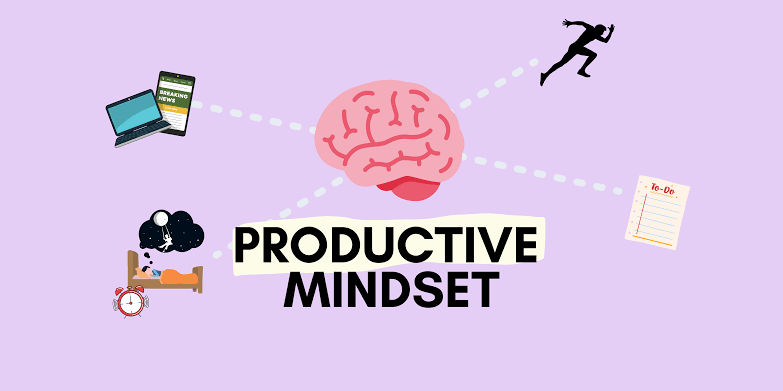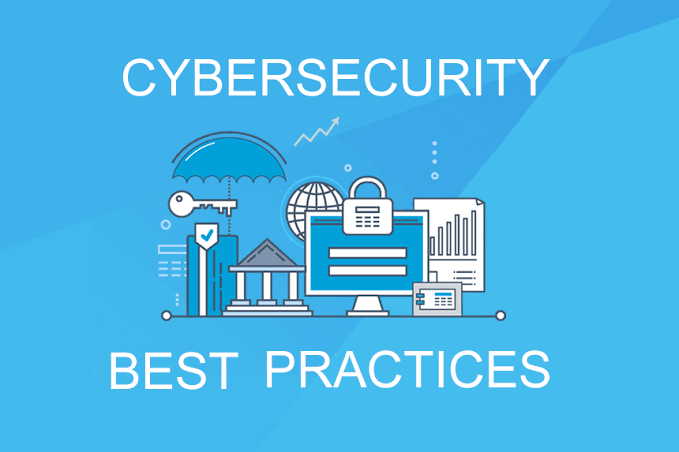In today’s workplace, employee engagement and productivity are more crucial than ever. With hybrid teams, remote work, and diverse workforces, traditional approaches to building team spirit often fall short. Employees seek connection, recognition, and a sense of purpose. One of the most powerful ways to cultivate this is through purposeful, well-designed team-building activities. These go beyond casual games or office gatherings—they are strategic investments in morale, collaboration, and trust. When executed effectively, they enhance communication, elevate motivation, and directly drive productivity across the organization.
How Morale Affects Productivity
Employee morale refers to the overall attitude, satisfaction, and confidence that employees feel while at work. High morale leads to lower turnover, better communication, and a higher commitment to shared goals. Productivity, on the other hand, is about output—how effectively people perform tasks. The two are closely connected. When employees feel valued and part of a cohesive team, they’re more likely to work harder, stay focused, and innovate.
Team building acts as the bridge between morale and productivity. It helps people feel psychologically safe, deepens relationships, and turns a group of coworkers into a cohesive unit. Through shared challenges, laughter, and creative thinking, people begin to trust each other more—laying the groundwork for a more productive workplace.
Icebreaker Activities That Spark Connection
Icebreakers are perfect for starting new projects, welcoming new team members, or kicking off meetings. They help participants relax, learn something new about each other, and establish a friendly tone.
Two Truths and a Lie: This classic game invites participants to share two true statements and one false one about themselves. Others must guess the lie. It’s light, fun, and reveals surprising facts that build connection.
Speed Networking: In this activity, pairs of team members rotate every two minutes to answer a prompt such as “What’s one thing you want to accomplish this year?” It’s effective in large teams where many don’t know each other well.
Office Trivia: Tailor trivia questions to your company’s history, inside jokes, or industry. It’s both informative and entertaining, reinforcing a sense of identity and belonging.
Problem-Solving Challenges to Build Collaboration
Solving a challenge together requires teams to communicate clearly, delegate effectively, and think creatively. These activities are excellent for building trust and improving real-world collaboration.
Escape Room Games: These can be physical or virtual. Teams must solve a series of puzzles to “escape” within a time limit. The pressure builds communication skills, while the fun keeps people engaged.
Marshmallow Challenge: Teams are given spaghetti sticks, string, tape, and a marshmallow. Their task is to build the tallest freestanding structure with the marshmallow on top. It promotes innovation, quick decision-making, and teamwork.
Resource Trading Game: Each group receives incomplete sets of resources needed to complete a task. They must negotiate and trade with other groups to succeed. This models real-world cooperation and strategic planning.
Creative Activities That Inspire and Energize
Creative exercises open new channels of thought and allow employees to express themselves in ways not always available in daily work.
Art Collaboration: Give teams a large canvas or poster board and ask them to create a visual representation of the company’s values or mission. No artistic skill is necessary—the value lies in discussion, symbolism, and teamwork.
Story Chain: One person starts a story with a sentence, and each team member adds a new line. It can be silly, dramatic, or inspirational. The activity boosts active listening and shared creativity.
Innovation Labs: Let teams brainstorm product improvements, new service ideas, or workflow upgrades. Provide time, materials, and incentives. It encourages innovation and gives employees a sense of ownership.
Physical Activities That Relieve Stress and Encourage Unity
Movement-based activities promote physical wellness and mental clarity while allowing people to interact informally.
Office Olympics: Set up a series of fun, low-stakes competitions—paper toss, chair races, typing speed contests. Award silly prizes or trophies. These create light-hearted camaraderie.
Team Walks or Hikes: Getting outside for a group walk or nature hike provides a change of environment, reduces stress, and invites relaxed conversation. It’s particularly beneficial during long meetings or planning sessions.
Yoga or Stretch Sessions: Bringing in an instructor or following a virtual session during lunch hours can encourage wellness and team mindfulness.
Remote-Friendly Team Building for Distributed Teams
Remote workforces face unique challenges, but digital team-building activities can still deliver impact.
Virtual Coffee Chats: Pair employees randomly each week for a short one-on-one video call with no agenda. This recreates informal office banter and builds relationships.
Online Games or Competitions: Platforms like Kahoot or Jackbox offer interactive games that employees can play from anywhere. Teams can compete in trivia, drawing contests, or word games.
Shared Learning Sessions: Employees take turns hosting short sessions on a topic they’re passionate about—personal or professional. It encourages knowledge sharing and highlights diverse skills.
Community and Volunteer-Based Activities with Purpose
Working toward a larger cause is one of the most powerful ways to unite a team.
Group Volunteering: Organize a day where employees can work together on a cause—planting trees, packing food donations, or cleaning up public spaces. It builds pride and a collective sense of impact.
Donation Drives or Charity Challenges: Set up a friendly competition between teams to collect the most goods or raise the most funds. This encourages purpose-driven collaboration.
Mentorship and Peer Learning: Establish internal mentorship programs where experienced staff help guide newer employees. These relationships foster growth and mutual respect.
Routine Practices That Reinforce Long-Term Team Culture
Not all team building needs to be event-based. Small rituals repeated over time also build culture.
Morning Huddles: A quick check-in helps align everyone and allows space for quick updates or encouragement. It sets the tone for the day.
Recognition Circles: At the end of each week or project, allow team members to shout out others for their contributions. Public praise builds morale and motivation.
Themed Days or Dress Codes: Casual Friday, themed attire, or cultural celebration days add a layer of fun to routine work weeks and strengthen bonds.
Conclusion
Team building goes beyond occasional social events; it’s about continuously fostering a workplace culture rooted in trust, respect, and collaboration. Whether through organized challenges, creative activities, physical exercises, or common goals, every interaction weaves a stronger bond within the team. As morale improves, productivity naturally follows—not just because people feel valued, but because they feel truly connected. A strong team is not simply made; it is carefully nurtured through deliberate effort and shared experiences. The more a company invests in the human aspect of its workforce, the greater its success across all areas of operation.



